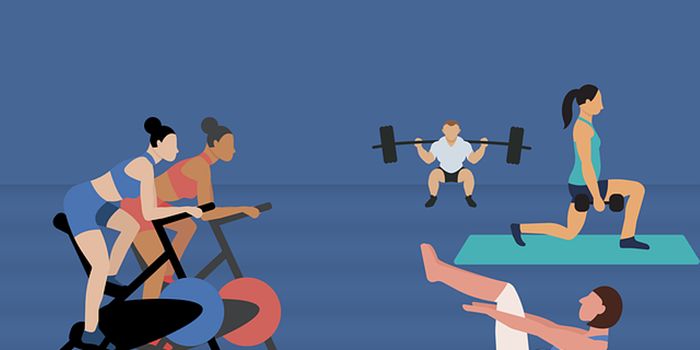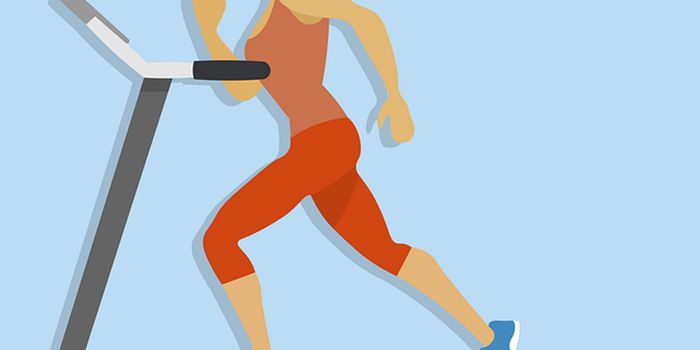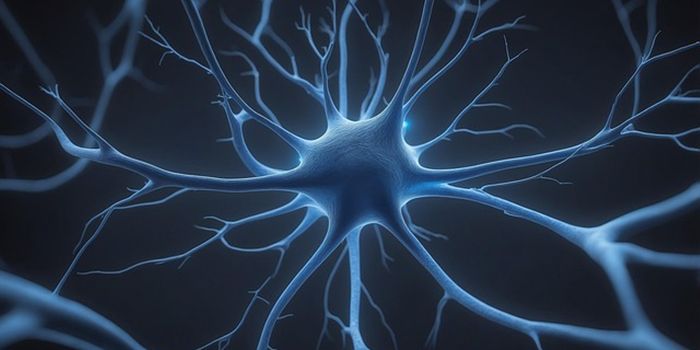More Exercise Lowers Risk of Heart Rhythm Disorder
New research conducted at NYU Langone Health suggests that getting an extra hour of physical activity every week may lower your chances of developing atrial fibrillation by about 11%.
The study included over 6,000 participants in the U.S. The participants had their physical activity tracked using fitness trackers for one year. Then, the participants were monitored for an additional five years for the development of atrial fibrillation. Atrial fibrillation is a common heart rhythm disorder in which the heart’s upper two chambers beat rapidly and irregularly rather than consistently. Atrial fibrillation can lead to other heart conditions, such as stroke and heart failure, if left untreated. Previous studies have suggested that atrial fibrillation may be linked to not getting enough exercise.
The results of this study showed that participants who got more physical activity every week were less likely to develop atrial fibrillation during the five-year follow-up. Participants who averaged 2.5 to 5 hours of moderate-to-vigorous physical activity per week were 60% less likely to develop atrial fibrillation, and those getting more than 5 hours of moderate-to-vigorous activity per week were 65% less likely to develop the condition. Moderate-to-vigorous physical activity is exercise that makes your heart beat faster and makes your breathing heavier; examples include walking briskly, swimming, hiking uphill, and jogging.
The lead researchers of the study noted that relatively modest increases in physical activity can significantly lower the risk of developing atrial fibrillation and other heart conditions. Their findings suggest that relatively small changes, like adding a 30-minute brisk walk to your routine every day, may significantly lower your risk and improve your health. While more exercise leads to greater reductions in risk, even small changes are better than nothing. These results support previous research by the American Heart Association showing that exercise is a key component of maintaining and improving heart health.
Sources: NYU Langone Health, Science Daily








